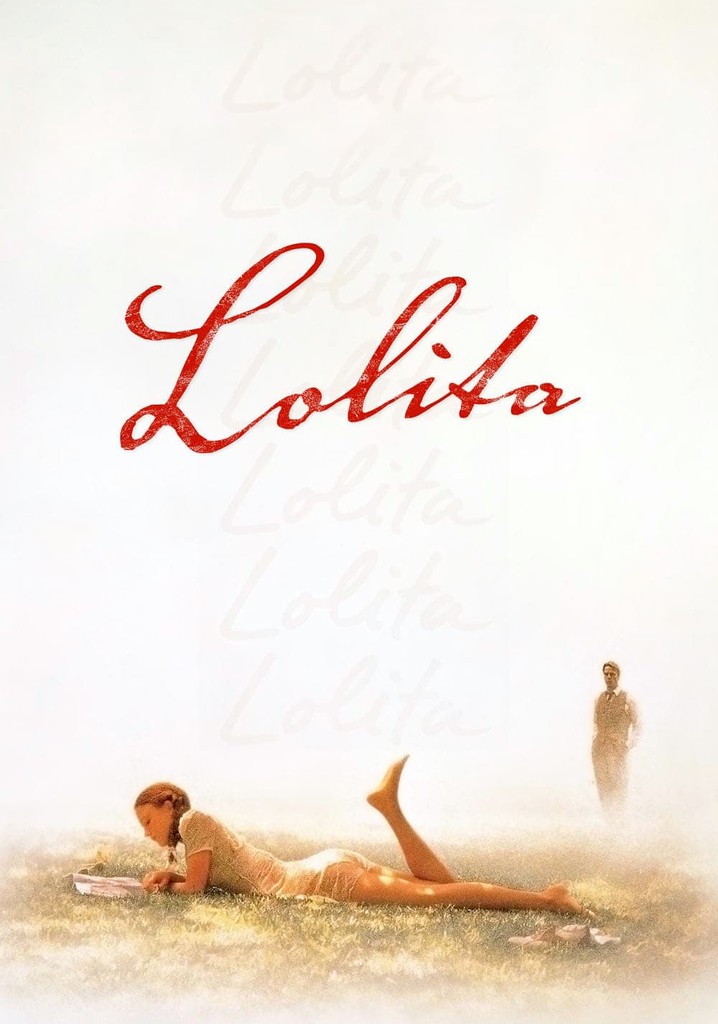In today’s cultural landscape, the term Lolita has transcended its literary origins to embody a complex tapestry of meanings. From its inception in Nabokov’s controversial novel to its appropriation in fashion subcultures and its resonance in psychological discourse, Lolita has become a symbol laden with diverse connotations. This article aims to dissect the multifaceted nature of “Lolita,” tracing its origins, exploring its interpretations, and analyzing its societal implications.
Origins of Lolita
The term Lolita finds its roots in Vladimir Nabokov’s seminal novel of the same name, published in 1955. Nabokov’s protagonist, Dolores Haze, is a young girl who becomes the object of desire for the novel’s narrator, Humbert Humbert, an older man consumed by his obsession with her youth and innocence. The novel, notorious for its exploration of taboo subjects such as pedophilia and obsession, sparked widespread controversy upon its release. Yet, it also garnered critical acclaim for its masterful prose and complex portrayal of human psychology.
Literary Interpretations
Nabokov’s Lolita is a work rich in symbolism and literary allusions. The character of Lolita herself represents more than just a young girl; she embodies the fleeting nature of youth and the allure of innocence. Humbert Humbert’s obsession with her becomes a metaphor for the corrupting influence of desire and the destructive power of unchecked passion. The novel’s narrative structure, characterized by Humbert’s unreliable narration, further complicates the reader’s understanding of Lolita’s character, inviting interpretations that vary widely depending on the reader’s perspective.
Cultural Appropriation
Despite its controversial subject matter, Lolita has permeated popular culture, inspiring various artistic interpretations and spawning a dedicated subculture known as “Lolita fashion.” Originating in Japan in the 1990s, Lolita fashion is characterized by its Victorian and Rococo-inspired clothing, emphasizing modesty and femininity. However, the appropriation of the term Lolita in fashion has led to debates about its implications, with critics arguing that it trivializes the serious themes explored in Nabokov’s novel and reinforces harmful stereotypes about women and girls.
Psychological Perspectives
Beyond its literary and cultural significance, the term Lolit’a has also found resonance in psychological discourse, particularly in the study of sexualization and objectification. Psychologists have drawn parallels between Humbert Humbert’s objectification of Lolit’a and the phenomenon of “lolicon” in Japanese culture, which involves the sexualization of underage girls in media and art. The term “Lolita complex” has been used to describe the psychological phenomenon wherein individuals develop an attraction to underage girls or girls who appear to be underage, often rooted in a desire for power and control.
Societal Implications
The multifaceted meanings of Lolita raise important questions about society’s attitudes towards youth, sexuality, and power dynamics. The enduring fascination with Lolit’a as a cultural icon reflects deeper anxieties about aging, innocence, and the boundaries of acceptable behavior. Moreover, the commercialization of Lolit’a fashion underscores the commodification of youth and the ways in which female bodies are objectified and fetishized in popular culture.
Conclusion
The term Lolita encapsulates a myriad of interpretations and cultural significances, from its origins in Nabokov’s novel to its appropriation in fashion and its resonance in psychological discourse. As a symbol of youth, innocence, and desire, Lolita continues to provoke thought and debate, challenging us to confront the complexities of human nature and the societal norms that shape our understanding of sexuality and power. Ultimately, the significance of Lolita lies not only in its literary and cultural impact but also in its ability to provoke critical reflection on the darker aspects of human behavior and the ethical implications of artistic expression.







